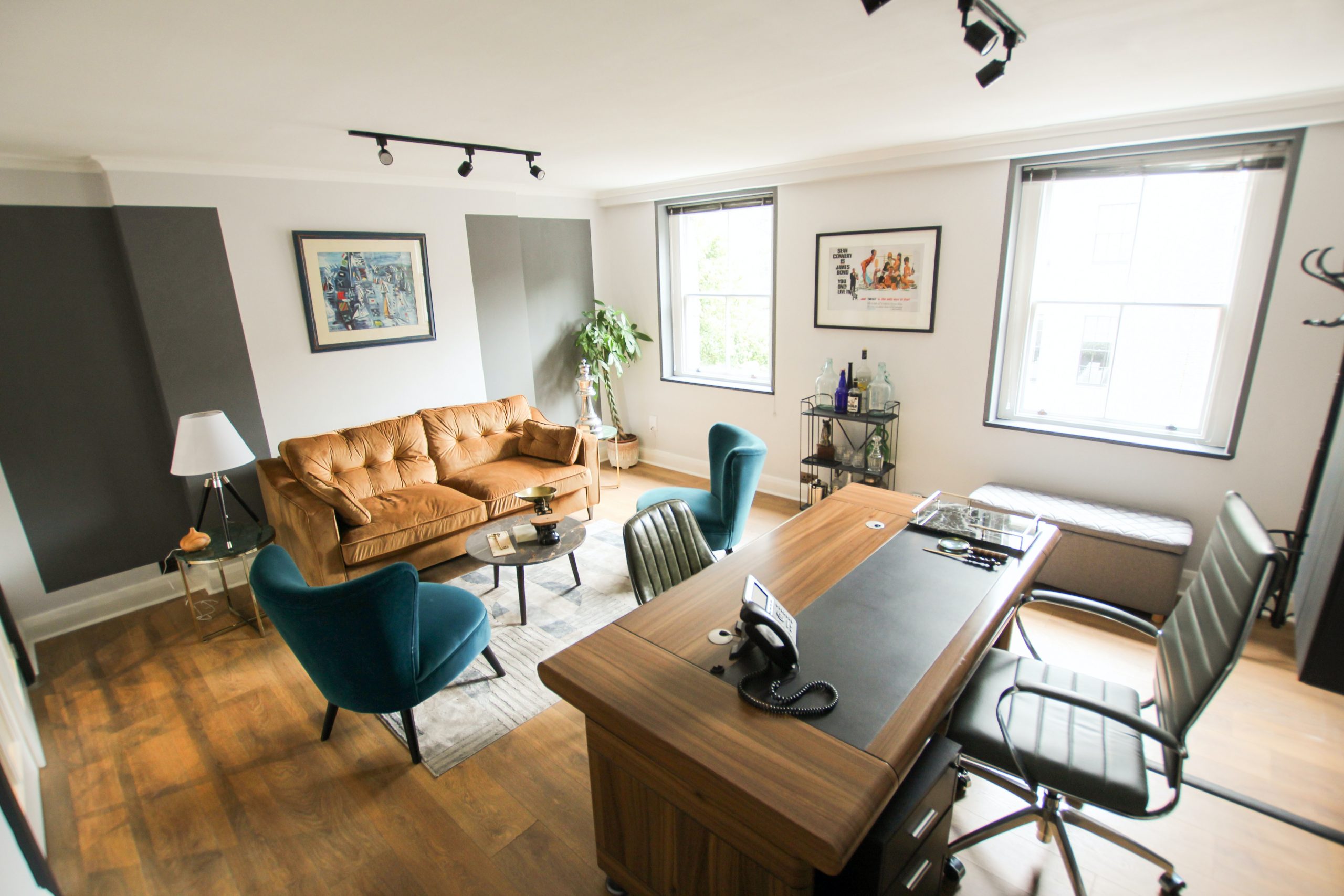To remain on top of this intensely competitive game, modern office furniture design must adapt to meet ever-changing customer demands and industry trends.
Furniture architecture in the modern era has come a long way. The creative dimension has changed significantly over time, in addition to the simple requirements for comfort and storage. Both the versatility and the visual appeal of furniture are becoming increasingly important.
Secure internet connectivity and app-friendly functionality, as well as charging ports, are now almost universally planned. The private sector is now constantly focusing on smart furniture. While employee morale is at the heart of it all, doing it the smart way would also give the office a modern, culture-enhancing look.
The promise of the “Internet of Things” phenomenon, which combines fashion with feature and emerging technologies, is now being exploited by contemporary furniture. The only weakness here is the furniture designer’s and app developer’s imagination and ingenuity! New technology, on the other hand, is extremely competitive and fast-paced, and inventions easily become obsolete. Furniture companies must stay on top of ever-changing trends. Agility, versatility, and adaptability are needed to keep up with these trends and consider trend fluctuations. (Looking for a furniture designer? Read More Here.)
In today’s world, the furniture manufacturing industry must meet even higher standards in order to keep up with evolving consumer tastes. The focus has now moved entirely to furniture that is both aesthetically pleasing and technically useful. However, before actual production starts, a lot of modifications are needed to add convenience, aesthetic furniture appearance, and longevity to the furniture designs. As a result, 3D CAD modelling becomes invaluable when it is appropriate to make modifications to current designs rather than starting from scratch.
Furniture makers and designers face the following issues: Modern furniture design is based on the convergence between feature and fashion in today’s world. Some of the challenges faced by contemporary furniture designers, which adapt to meet the needs of ever-increasing customers, are mentioned below.
Budget Restraints
In today’s world, new furniture designs necessitate specialized interior styling and structuring, which necessitates advanced knowledge and skills. This type of one-of-a-kind work has a direct effect on manufacturing costs. Clients, on the other hand, are not interested on stretching their budgets. As a result, it is critical for top furniture designer to incorporate more creative concepts into their designs without increasing production costs.
Growing demand for personalized furniture
Customization nowadays isn’t only about adjusting colors or sizes, but also about adding visual effects to the furniture style. Residential furniture style is the newest trend in today’s world, bringing homey sensations like residential furniture into the workplace. The key goal of this style of commercial design and furnishing is to create a friendly and relaxing environment for the organization’s employees, allowing them to be more active and innovative.
Overdesigning element
These days, overdesigning is regarded as a difficult problem. The architecture should be simple, sturdy, and environmentally friendly. Re-engineering is often commonly used by successful work deliverable firms to save them from copying. As an example, Aluminum metal is the latest trend these days because of its anti-rust, lightweight, environmentally safe, and versatile properties.
More people are renting
Renters are expected to seek out more inexpensive furniture choices in the same way as renters seek out more cost-effective furnishings for their rental properties, with an increasing proportion of people opting to rent rather than lease. A trend is for people to shop for smaller furniture to fit into their rented homes or apartments, where space can be limited.
Furniture suppliers will wish to add more pieces to their inventory of cheap, streamlined, or multipurpose furniture to accommodate these smaller living spaces to transform this challenge into an advantage, as multifunctional furniture is quickly gaining popularity.
The lifestyles of different generations are vastly different
Consumers’ generational demographics necessitate that furniture makers diversify their offerings to meet the demands of each group. While this can mean more money spent on product design and engineering, it also opens up new business streams and motivates us to use more environmentally friendly practices and services.
Single-person households are becoming more common
Over the next 15 years, the number of single-person households is projected to rise, and fewer families are choosing to live in apartments or smaller houses. This necessitates a need for smaller houses, as well as an increase in the supply of modular, space-saving, and multifunctional furniture, as well as storage furniture.
Manufacturers of furniture should see this as a challenge and an opportunity to add new designs to their portfolio of products, thus promoting their name.
Conclusion
Furniture manufacturing’s success depends on innovation. The steady growth opportunities of the furniture manufacturing industry in the United States have enticed a slew of new businesses to enter the market. A fast YouTube search will turn up videos of furniture that can be put together in minutes without the use of equipment or multifunctional furniture that transforms or has secret storage.
In a nutshell, the furniture industry is evolving while maintaining its reputation. The willingness of furniture makers to address negative perceptions among a younger workforce is a significant obstacle.
Advanced technology can be used in furniture making, much as they are in other forms of manufacturing environments. This could continue to change the industry by removing the stereotype of a dirty work floor and manual labor. Who knows what the future holds as emerging developments become available?
Author Bio: Hermit Chawla is a Marketing Manager at Sprak Design. He would love to share thoughts on Furniture Designer, Lifestyle Design, Branding Firm, Exhibition design etc..




